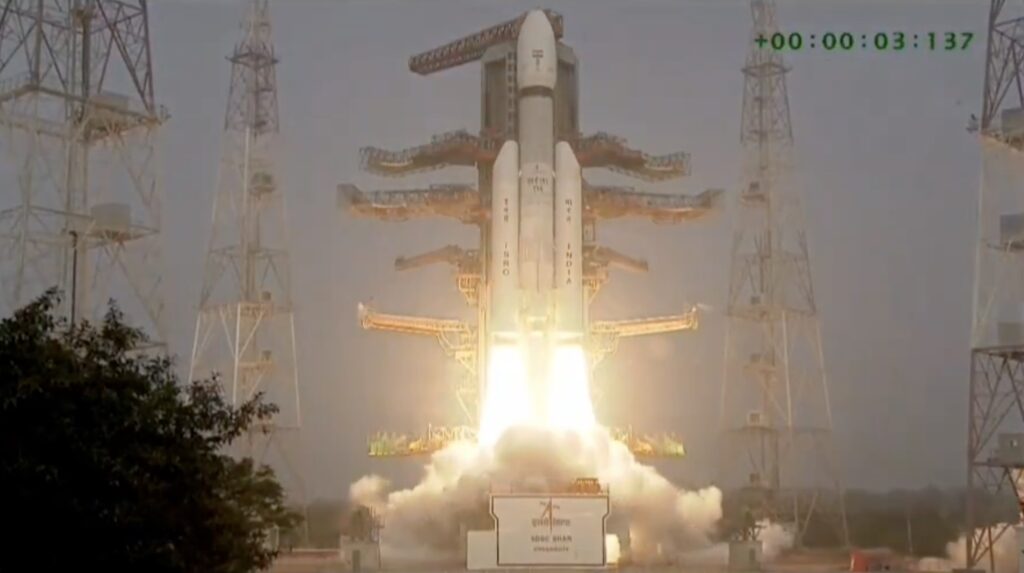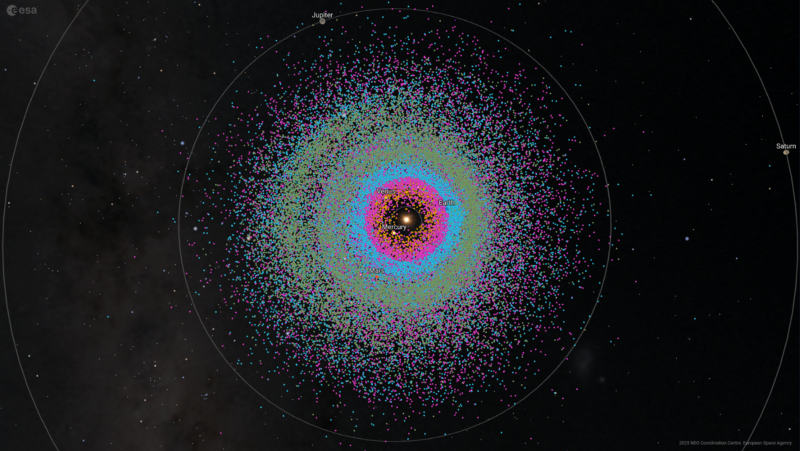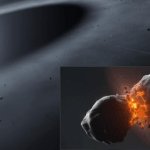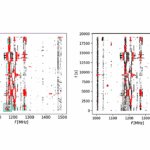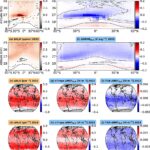Now Reading: ESA and Norway announce plans for an Arctic Space Centre
-
01
ESA and Norway announce plans for an Arctic Space Centre
ESA and Norway announce plans for an Arctic Space Centre


BREMEN, Germany — The European Space Agency and Norway have signed a letter of intent and formed a joint working group to assess the feasibility of a new ESA Arctic Space Centre.
The new Arctic Space Centre, announced on the sidelines of ESA’s ministerial conference here Nov. 27, is expected to focus on Earth observation, navigation and telecommunications, with a strong emphasis on using space-based data to support sustainable development in the Arctic region.
“The Arctic seems distant. Yet, it is at the very center of our planet’s future,” ESA Director General Josef Aschbacher said at a signing ceremony, outlining his vision for the center. “What happens in the Arctic does not stay in the Arctic. It shapes our climate, our economies, and our security — and space can help us understand and protect this vital dimension.”
“The ambition is to cover all the elements of the Arctic in terms of security and science, using all the space capabilities provided by ESA in order to make the Arctic sustainable,” said Christian Hauglie-Hanssen, director general of the Norwegian Space Agency, or NOSA.
The working group will develop the center’s model and structure through 2026, with the goal of formally establishing the facility by 2027 in the city of Tromsø, Norway, located above the Arctic Circle at 69° north latitude.
Cecilie Myrseth, Norway’s minister of trade and industry, framed the agreement as a win for both Norway and Europe. “One of the great things about the Arctic is of course the polar orbit, and we all know why this is important. But [the Arctic] is also where the big geopolitical questions are being played out. I am really looking forward to the work we’re going to do together, not only for Norway, but for Europe through Norway.”
The announcement arrives on the heels of Norway’s tough negotiations at the ESA ministerial conference, where Oslo pressed for fair recognition of the Andøya Spaceport within Europe’s launcher landscape — a reminder that space science, cooperation and space transportation policy are increasingly intertwined.
As Europe expands its strategic footprint in the High North, Norway is seeking to ensure that its Arctic assets are treated as integral components of Europe’s wider space infrastructure, not isolated regional outposts.
Myrseth underscored this during her opening statement at the ministerial Nov. 26. “Andøya Spaceport represents a unique contribution to the European space transportation sector. It is complementary to European launches from Kourou and it is essential for addressing gaps in the European launcher market. We expect fair treatment and no unfair subsidies in space transportation matters.”
Stay Informed With the Latest & Most Important News
Previous Post
Next Post
-
 01From Polymerization-Enabled Folding and Assembly to Chemical Evolution: Key Processes for Emergence of Functional Polymers in the Origin of Life
01From Polymerization-Enabled Folding and Assembly to Chemical Evolution: Key Processes for Emergence of Functional Polymers in the Origin of Life -
 02Panasonic Leica Summilux DG 15mm f/1.7 ASPH review
02Panasonic Leica Summilux DG 15mm f/1.7 ASPH review -
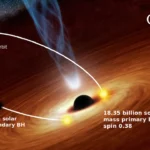 03Two Black Holes Observed Circling Each Other for the First Time
03Two Black Holes Observed Circling Each Other for the First Time -
 04How New NASA, India Earth Satellite NISAR Will See Earth
04How New NASA, India Earth Satellite NISAR Will See Earth -
 05And Thus Begins A New Year For Life On Earth
05And Thus Begins A New Year For Life On Earth -
 06Astronomy Activation Ambassadors: A New Era
06Astronomy Activation Ambassadors: A New Era -
07SpaceX launch surge helps set new global launch record in 2024














